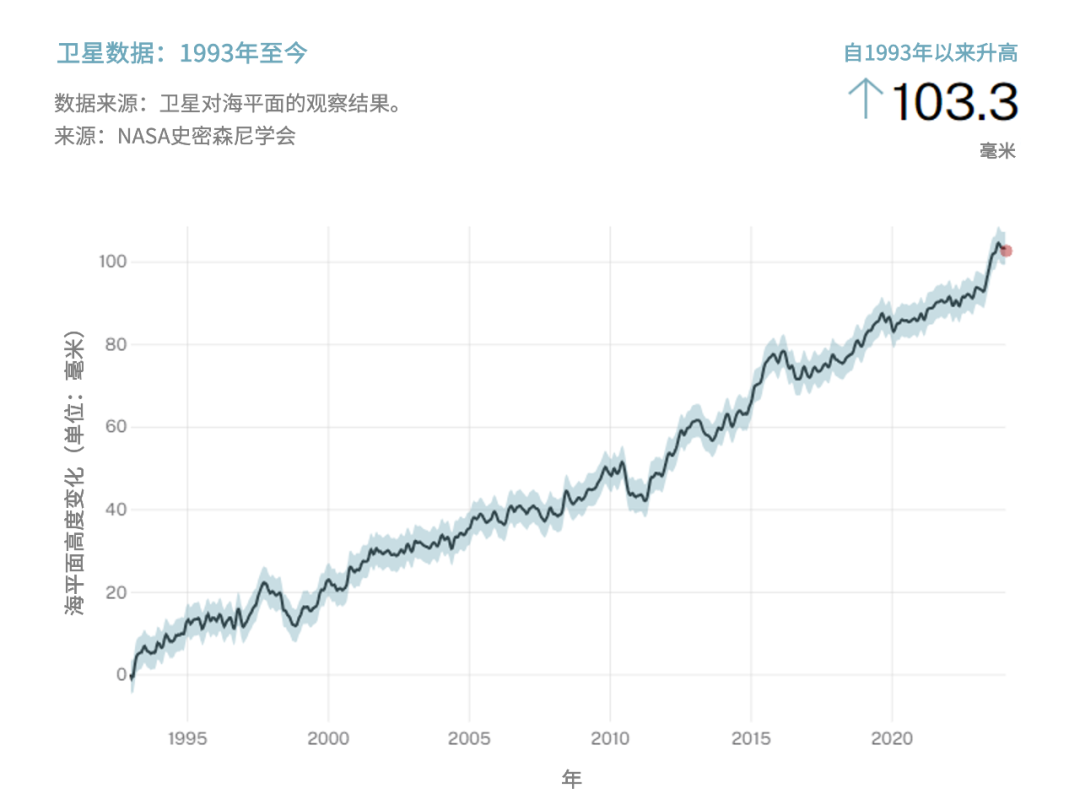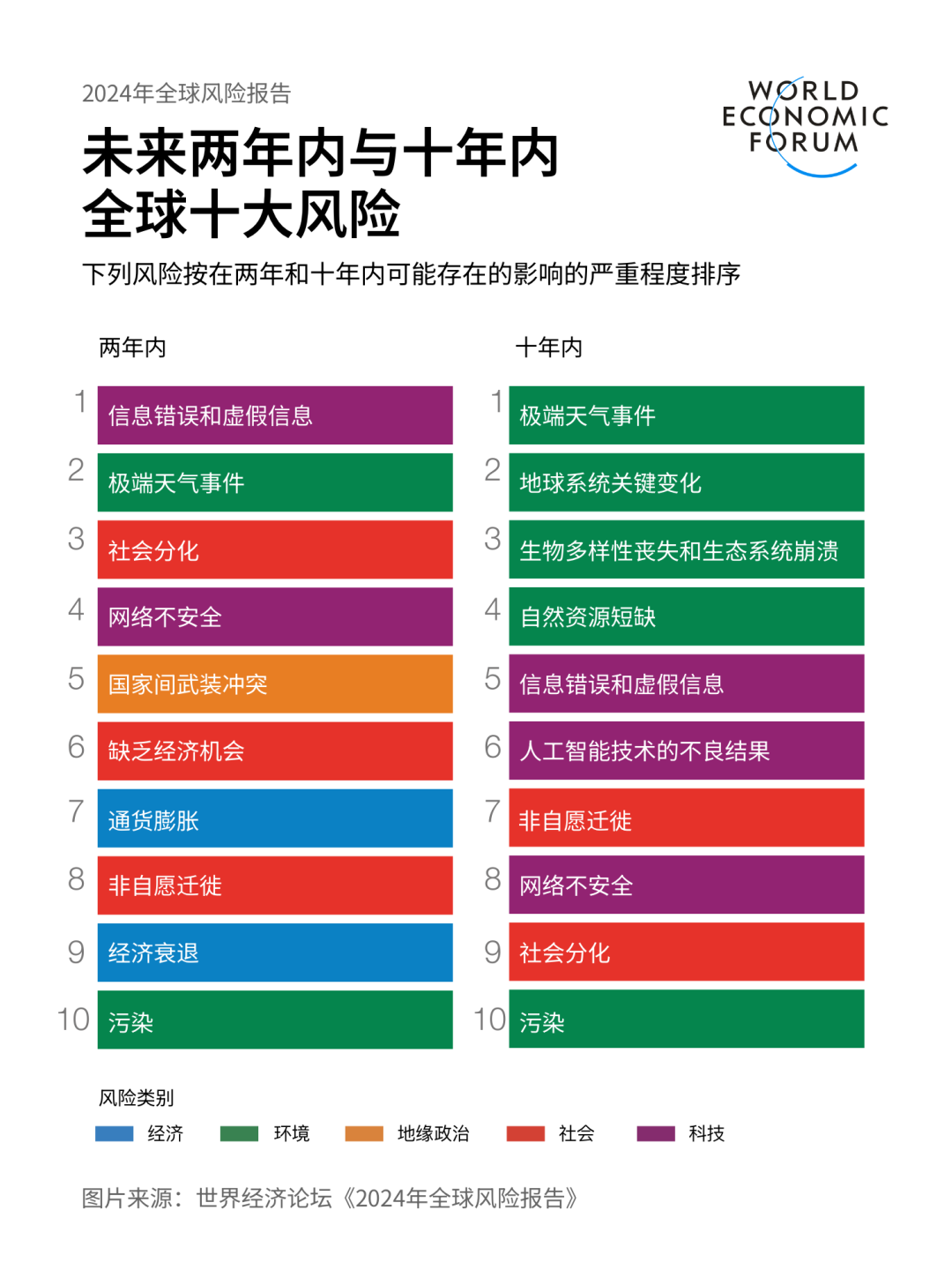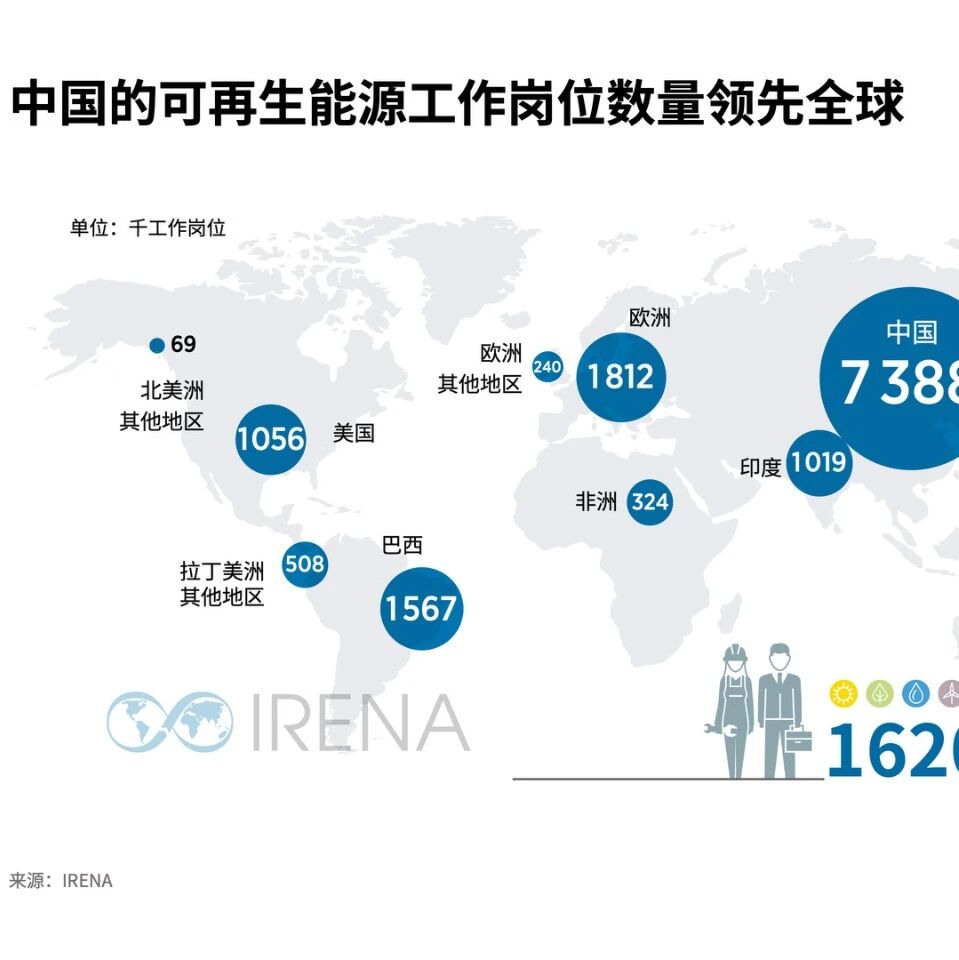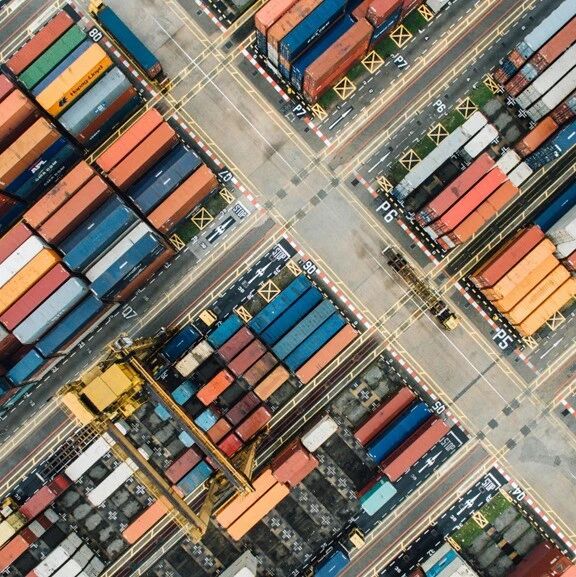Since records began in 1880, global sea levels have risen by 21 centimeters.
Image source:Unsplash/Thomas Vimare
Victoria Masterson
Senior Writer for the Forum Agenda
Stephen Hall
Senior Writer for the Forum Agenda
Madeleine North
Senior Writer for the Forum Agenda
By 2100, more than 410 million people will be threatened by rising sea levels.
From 1993 to 2024, the climate crisis has already caused global sea levels to rise by more than 10 centimeters.
The World Economic Forum's "2024 Global Risks Report" identifies the melting of ice sheets and the resulting rise in sea levels as one of the major threats over the next decade.
Rising sea levels will threaten homes, livelihoods, and lives.Due to the climate crisis causing sea levels to rise, up to 410 million people could face the threat of coastal flooding by 2100.Here's everything you need to know.How do you measure sea level height?Sea level is the height of the ocean's surface. According to the research organization Smithsonian Institution, from the 19th century until the early 1990s, people measured sea levels using tide gauges installed on structures like bridge piers. Today, satellites have taken over this task, measuring sea levels by analyzing radar signals reflected off the ocean surface.Local weather conditions and other factors can all influence sea levels, so people typically calculate an average after conducting global measurements.From 1993 to 2024, global sea levels have risen by more than 10 centimeters.
Image source:NASA
In 2021, scientists discovered evidence of the Greenland ice sheet contributing to sea-level rise, underscoring that concerns about extensive ice melt are well-founded.According to NASA, these features "reflect global sea-level changes caused by shifts in water storage and ice sheet weight across Earth's continents."According to The Guardian, Greenland's ice sheet is now melting at a rate of about 30 million tons of ice per hour. A recent study predicts that by 2025, Greenland's ice sheet could completely disappear.How much has the sea level risen?Since the ice sheet has reached a "point of no return for melting," scientists now predict that global sea levels will inevitably rise by 1 to 2 meters.According to NASA, global sea levels have risen by more than 10 centimeters from 1993 to 2024—reaching an unprecedented rate of increase over the past 2,500 years.In 2022, NASA and other U.S. government agencies warned that sea levels along the U.S. coastline could rise by another 25 to 30 centimeters by 2050.Since records began in 1880, global sea levels have risen by about 21 centimeters. Although the measurement units are tiny—measured in centimeters or even millimeters—this rise in sea levels could have significant impacts, especially as storm surges now penetrate further inland than ever before.What causes sea levels to rise?According to the U.S. National Oceanic and Atmospheric Administration, the two main causes of rising sea levels are glacial melting and the thermal expansion of seawater due to global temperature increases.Greenland and Antarctica lose about 270 billion tons and 150 billion tons of ice annually, respectively.Additionally, negative feedback loops could accelerate glacier melt. For instance, Antarctica’s Thwaites Glacier is melting at a faster rate than expected. This glacier is often referred to as the "Doomsday Glacier," as its collapse—and the loss of the ice shelf that supports it—could cause global sea levels to rise by more than 3 meters.According to NASA, heat stored in the oceans has contributed to anywhere between one-third and one-half of global sea-level rise. At least since 1800, the past decade has been the warmest on record for the oceans, with 2023 marking a new high in ocean temperatures.Which countries are most affected by rising sea levels?Last year, the United Nations highlighted that nearly 900 million people living in low-lying coastal areas—primarily in Bangladesh, China, India, and the Netherlands—are at high risk from rising sea levels, placing them in grave danger.According to Reuters, sea levels around Tonga are rising at nearly twice the global average rate.The European Environment Agency stated that "by 2050," sea levels in Europe are expected to rise by more than 10 centimeters.Recent U.S. research has found that by 2050, nearly 1,100 critical buildings in coastal communities could face monthly flood risks. The report warns that some communities may become uninhabitable within the next 20 to 30 years."Critical changes in Earth's systems" rank as the second-largest threat the world could face over the next decade, with rising sea levels being one of the key changes.
Image source:World Economic Forum's 2023–2024 Global Risks Perception Survey
How should vulnerable regions adapt to change?The World Economic Forum's "2024 Global Risks Report" identifies "critical changes in Earth systems" as one of the two greatest threats the world could face over the next decade—specifically highlighting ice sheet melt and the resulting sea-level rise as a key driver of this transformation.The report highlights that adapting to change is crucial, but "efforts are still insufficient," with the current fiscal gap estimated at $194 billion to $366 billion annually.However, countries and cities around the world are still taking action. New Zealand is developing climate adaptation policies to ensure that public housing isn’t built in areas vulnerable to climate-related disasters.Several countries, including Denmark, Germany, and the UK, are building and reinforcing sea walls, tidal barriers, and other coastal defenses.South Korea and the Maldives, located in the Indian Ocean, are currently piloting the construction of floating homes, while China, India, and other countries are exploring ways to collect and store rainwater for reuse.Fiji is taking further action. As sea levels rise, government officials are developing plans to relocate entire villages. According to The Guardian, 42 villages have already been recommended for relocation within the next 5 to 10 years, and six villages have already been moved to safer locations.
The above content solely represents the author's personal views.This article is translated from the World Economic Forum's Agenda blog; the Chinese version is for reference purposes only.Feel free to share this on WeChat Moments; please leave a comment below the post if you’d like to republish.
Translated by: Di Chenjing | Edited by: Wang Can
The World Economic Forum is an independent and neutral platform dedicated to bringing together diverse perspectives to discuss critical global, regional, and industry-specific issues.
Follow us on Weibo, WeChat Video Accounts, Douyin, and Xiaohongshu!
"World Economic Forum"







